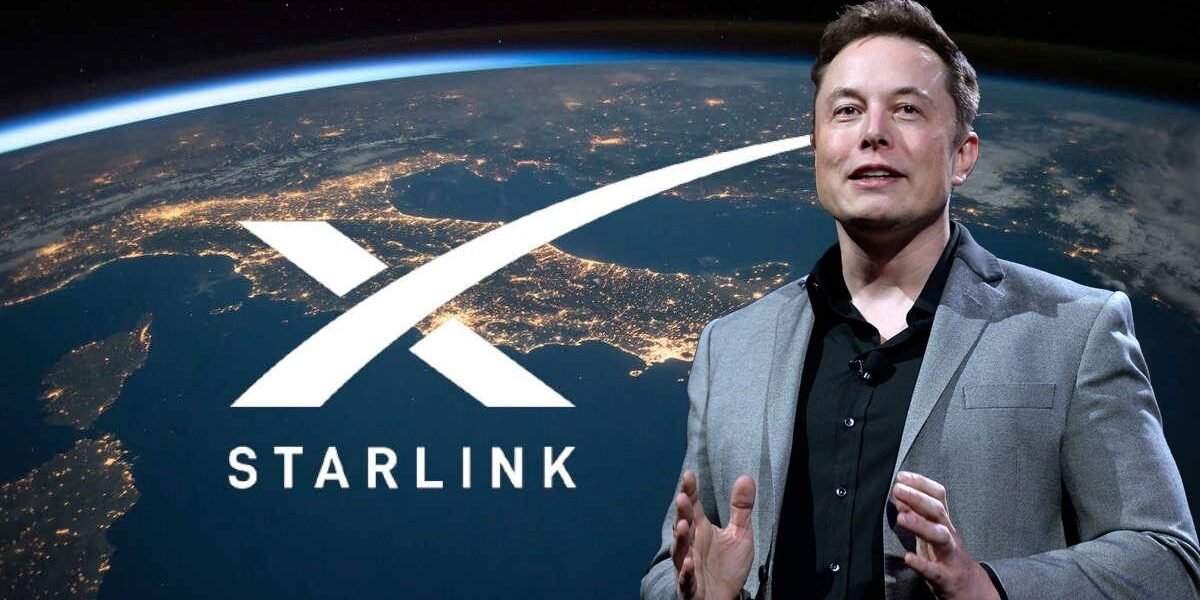Starlink plans to bring satellite internet direct to mobile phones
Tesla entrepreneur Elon Musk’s satellite company, Starlink, aims to provide Internet and mobile services to users’ phones as part of a market-share consolidation strategy.
According to an update on its official website, the new satellites will include an upgraded Evolved Node B (eNodeB) modem that will function as a cellular tower in space, allowing network integration similar to that of a regular roaming partner.
An eNodeB is base station equipment that manages the radio interface with mobile devices.
Once engaged, the service will connect with standard, unmodified phones without the need for additional equipment, as long as the handsets are 4G LTE-compatible.
LTE (Long-Term Evolution) is a fourth-generation (4G) wireless standard that improves network capacity and speed for mobile phones and other cellular devices over third-generation (3G) technology.
Phone providers utilize LTE technology to deliver wireless data to consumers’ phones.
“Direct to Cell is compatible with existing LTE phones anywhere you can view the sky. Starlink stated that no changes to hardware, firmware, or special programs are necessary, allowing for seamless access to text, audio, and data.
“In addition to expanding mobile coverage, Direct to Cell will enable ubiquitous Internet of Things connectivity outside of terrestrial coverage, connecting millions of devices across critical global industries.”
According to the update, Direct to Cell satellites would be launched first on SpaceX’s Falcon 9 rocket, then on Starship.
“On-orbit, the satellites will immediately connect over laser backhaul to the Starlink constellation to provide global connectivity,” the company stated.
Among the initial challenges encountered at the time was figuring out how to sufficiently transmit strong radio signals to and from mobile phones that were not designed to connect to satellites.
In response, Starlink claims that the technical team created special silicon onboard the satellite that is optimized for this use and cuts both power and cost.
They have created massive and complex phased arrays that use ultrasensitive radio receivers and high-powered transmitters to communicate with mobile phones from space.
The antennas are designed for the Starlink v2mini satellites, which are launched and deployed to low-Earth orbit every few days by the Falcon 9 rocket. Because our goal is to connect everyone using their existing phones without the need for a new phone, updates, or a unique app, we used conventional LTE/4G protocols,” the company said.
The satellite service will be ready for deployment anywhere in the world, subject to regulatory permission, and will not require any specific ground infrastructure.

